Imagine renting office space in a high-rise building with a skyline view, yet paying the price of a suburban locale. It sounds impossible, right? But what if I told you there are hidden gems out there that can offer just that?
In a world that’s rapidly evolving with hybrid work models and remote connectivity, finding the perfect office space is more crucial than ever. These spaces not only boost productivity but can also significantly impact your brand image.
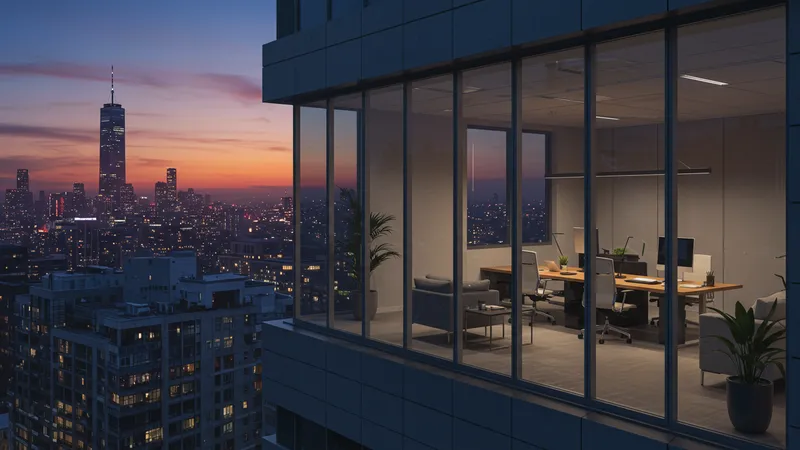
Most businesses believe that luxurious office space is synonymous with a hefty price tag. However, this isn't necessarily true. There are strategies to find cost-effective spaces in prime locations, which don’t just save money but may actually attract more clients. Some spaces, although premium on paper, are quoting prices that might surprise you. But that's not even the wildest part...
Moreover, the right office space can be a secret weapon in increasing employee satisfaction and retention. A well-chosen location can reduce commute times, provide better networking opportunities, and even inspire creativity among staff. It's a game changer you might not even notice. Yet, the real eye-opener is what some companies are doing to keep costs down while enjoying all these benefits. What happens next shocked even the experts...
When businesses think about location, they often zero in on customer access. But there's a lesser-known benefit: talent acquisition. Top-tier areas naturally attract top-tier professionals. Studies show that areas with better amenities, nightlife, and dining options can enhance job satisfaction beyond a paycheck. But there's one more twist…
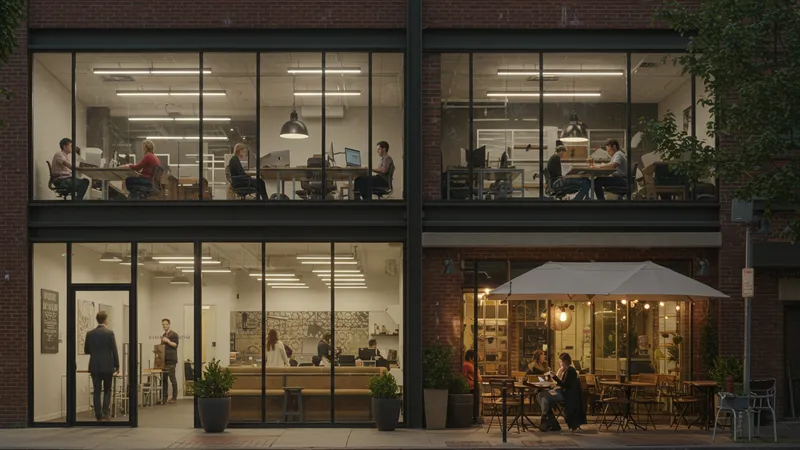
Employee productivity is often underrated when choosing commercial spaces. Research indicates that aesthetically pleasing environments can lead to a 15% increase in work efficiency. High ceilings, natural light, and even a bustling neighborhood vibe contribute to this. What you read next might change how you see this forever.
Another compelling advantage of prime locations comes in the form of networking. Proximity to industry hubs or incubators can significantly increase opportunities for collaboration and partnership. This can fundamentally shift a business’s trajectory more than you might expect.
Yet, what’s truly astounding is how some companies maneuver the leasing markets. They leverage short-term leases or coworking spaces to maintain a presence in premium districts without incurring huge costs. There’s an insider tip that can make this even more lucrative than before.
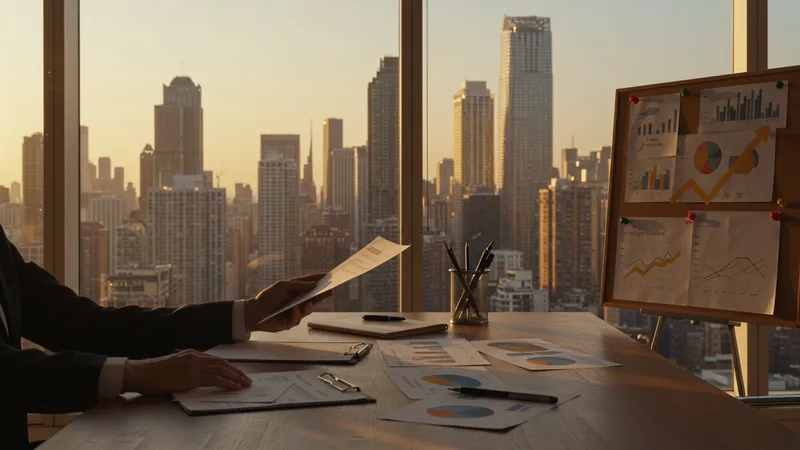
Leverage is everything when renting commercial space. Understanding fiscal cycles is a secret weapon for negotiating better terms. Many landlords are more flexible during the final quarter of the fiscal year, eager to fill their spaces before books close. But wait until you discover the next hack…
Shared expenses are a gold mine few consider. Opting for properties with shared utilities and maintenance costs can dramatically reduce overhead. Immediate cash flow savings are not uncommon and can result in significant annual financial benefits. But that’s not even the half of it…
Subletting is another underutilized strategy. Many businesses underestimate the potential of subletting unused portions of a space. It's a legal and feasible way to offset costs and even results in positive revenue flow. What follows might shock traditional thinking in commercial real estate!
Don’t forget about tax incentives. Some provinces or states offer tax breaks for businesses operating in certain designated areas or zones. Knowing how to spot these opportunities can mean the difference between a financial burden and a strategic business advantage.
Fortune 500 companies didn’t get where they are by ignoring opportunities. One secret many use is predictive analytics to forecast real estate trends. This provides a competitive edge in knowing not just where to be now, but where to move next. Still, there’s more to uncover…
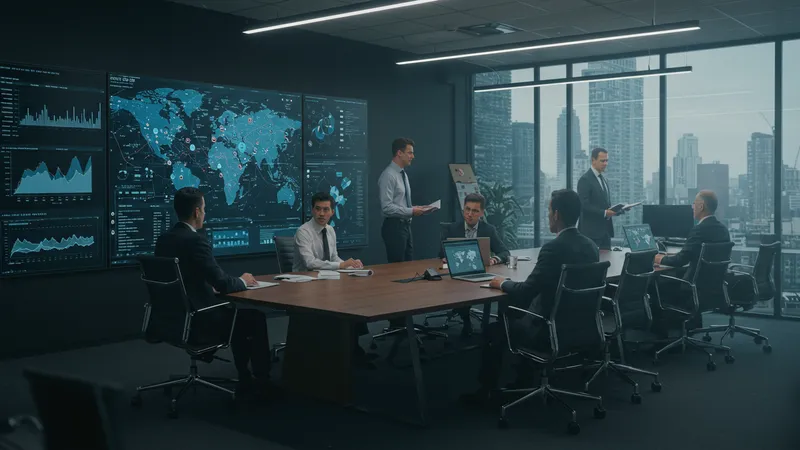
Collaboration between companies in shared spaces is another approach pioneered by top companies. Partnering with compatible businesses to share office amenities can lead to reduced expenses and innovative synergies. But the rabbit hole goes even deeper…
Flexibility is a buzzword for good reason. Opting for a mix of permanent and flexible office spaces allows major companies to adapt quickly to market needs without the commitment of long leases. This hasn't just cushioned them—it’s empowered them to take risks smaller competitors might shy away from.
Moreover, advanced real estate plays are part of the toolbox. This includes investments in mixed-use properties that not only serve office functions but integrate retail and lifestyle amenities. These spaces are more than offices; they’re dynamic ecosystems redesigning urban life as we know it.
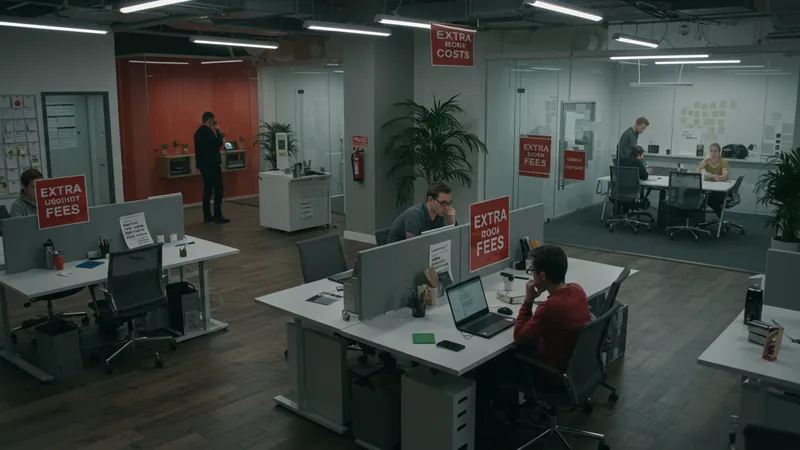
Coworking spaces have transformed commercial real estate by offering flexibility. However, many don’t account for the hidden fees beyond the monthly rates. Extra costs might include conference room bookings or equipment usage. But there’s a layer even deeper to unpack…
Community benefits sound appealing, but can sometimes create interference with privacy and productivity for some businesses. Open spaces aren’t for everyone. Firms with sensitive information need to be particularly selective about their coworking choices to protect their interests. The plot thickens...
Networking within coworking spaces can be double-edged. While opportunities for partnerships abound, so do conflicts with competitors operating in shared environments. Ironically, a place meant for cooperation can also foster intense competition, which isn’t obvious at first glance.
Yet, there’s a little-known advantage: access to exclusive events and workshops through coworking memberships. This offers businesses unprecedented access to industry-specific growth opportunities. Great in theory—but it requires precise execution.
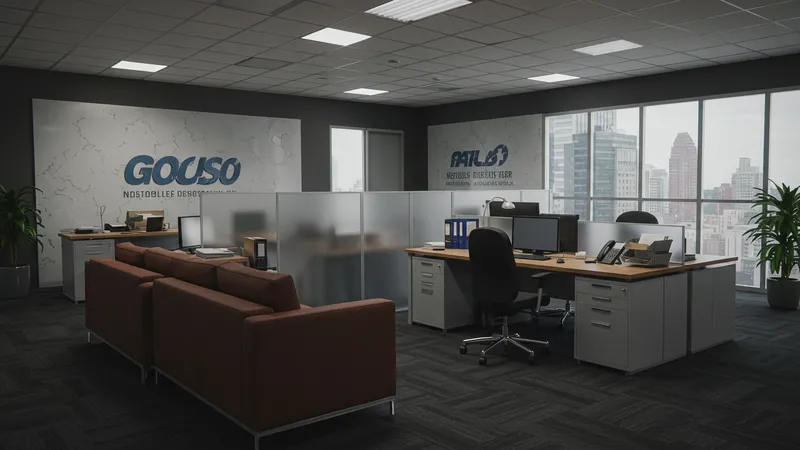
While coworking spaces are all the rage, some businesses are reverting back to traditional office leases for stability. These spaces are also being perceived as reliable long-term investments amidst uncertain financial markets. Yet, there's more to this than meets the eye…
Traditional leases offer the permanence that allows for elaborate customization and branding. This can be critical for companies keen on establishing hardcore corporate identity, something coworking spaces might dilute. This isn’t just about walls—it runs deeper…
Cost considerations can tip the scale. Long-term leases often offer price stability and predictable costs, avoiding the surge pricing seen in coworking models. For enterprises with steady growth projections, this can be a financially prudent strategy. But it doesn’t end there.
Moreover, relationships with landlords can be leveraged for extensions or improvements that wouldn't be feasible in transient spaces. Such rapport fosters growth potential, offering returns over time. Reimagining leasing from a traditional to innovative framework holds lessons for all.
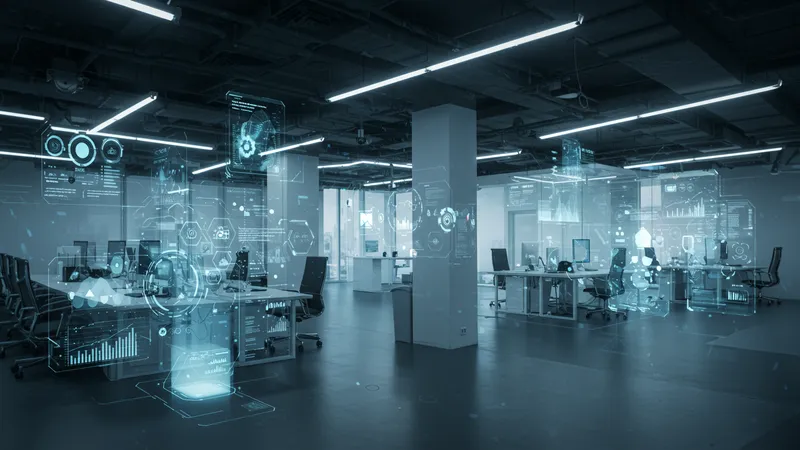
As businesses scramble to adapt to rapidly changing times, technology has started reshaping how we think about physical spaces. Smart buildings employ the Internet of Things (IoT) to enhance efficiency and security—a niche suddenly in demand. But what’s around the corner?
Artificial intelligence is making its mark by predicting employee patterns and adjusting environments accordingly. This enhances productivity and comfort without active human intervention. It’s groundbreaking and might just redefine “smart” in smart office space.
Virtual reality tours have emerged as indispensable tools during property selection, saving both time and resources. Imagine setting up your office without stepping outside! These advancements are reshaping decision-making in commercial real estate. There’s still something more fascinating to unravel…
But the crowning jewel is augmented reality. Imagine overlaying digital interfaces onto physical spaces for interactive collaboration. This technology could soon form the backbone of a work environment, merging digital precision with human touch. Magnificent, yes—but we’ve just scratched the surface.
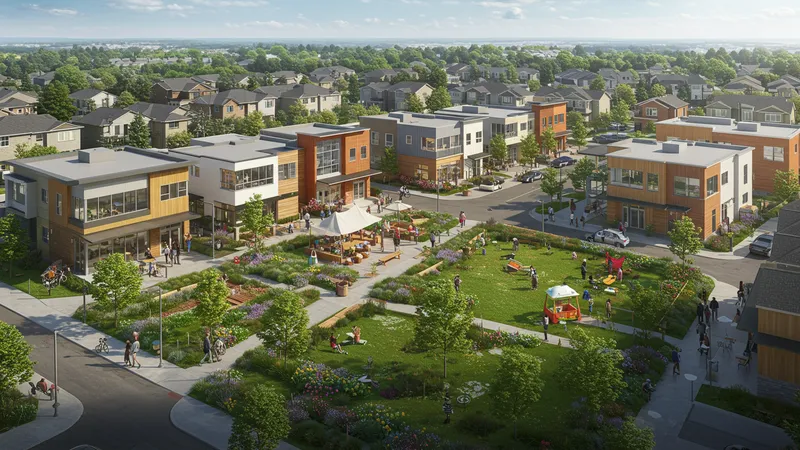
Searching beyond popular districts can unearth hidden gems with a surprising array of benefits. Smaller urban centers offer competitive pricing without compromising on amenities or potential. But the treasures don’t stop there…
Growing suburbs are reinventing themselves with activity hubs, transforming them into vibrant communities. Within these evolving locales, one finds unique opportunities for investment in underexplored spaces teeming with potential. But there's more to discover…
Once-overlooked territories are seeing infrastructural booms, attracting savvy investors. Areas formerly dissociated from commercial potential are now alluring thanks to development incentives and accessibility improvements. What started as overlooked is now enviable.
Such unexpected places also often boast a lower cost of living, a perk for both employees and businesses aiming to maximize profits. Digging deeper into these markets promises not only growth but a strategic edge. Have we just unearthed the golden ticket?
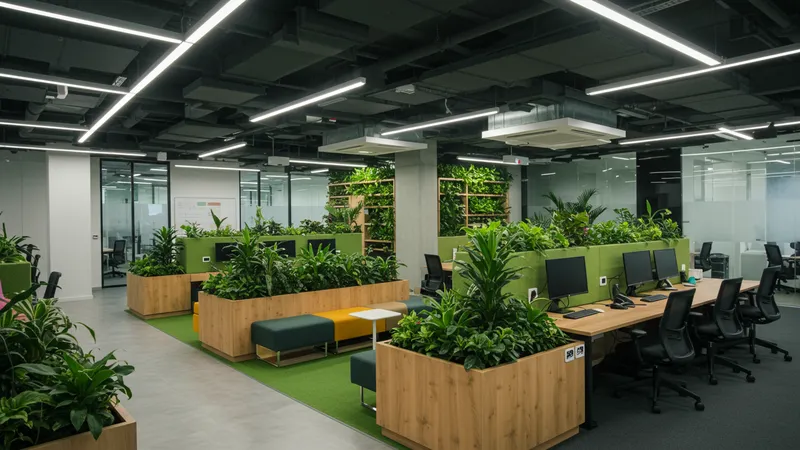
Designers today are reimagining spatial potential, using creative customizations to enhance both aesthetic and functional dimensions of office spaces. Flexible layouts redefine productivity with personalized work environments. But that’s just the introduction…
Green spaces and biophilic designs dramatically uplift not only the workspace appearance but also employees’ mental health. Connecting with nature within office confines is proving rejuvenating, adding a new layer to workplace evolution. And we’re only getting started…
Multi-functional furniture is gaining popularity, allowing spaces to shift seamlessly from meeting to lounge without structural changes. This elegant evolution of ergonomics challenges preconceived notions of what offices can achieve. But there’s more to this makeover…
Even technological integration is advancing, where desks and chairs meld with charging stations and digital learning screens. Offices are evolving from transactional spaces to immersive experience zones. New horizons beckon not just visually but technologically.
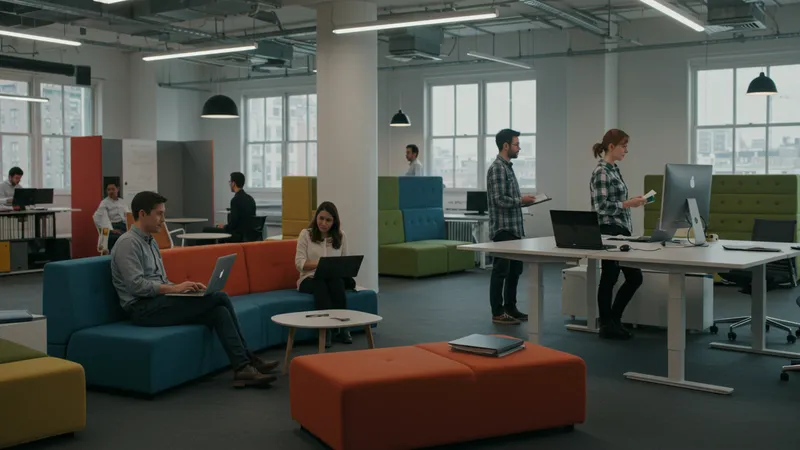
Flexible workspaces are reshaping work paradigms, catering to the agile workforce with evolving needs. Companies are embracing flexibility to fuel both creativity and efficiency. Yet unexplored facets are still unfolding…
The trend of hot-desking allows workers to choose where they work each day, encouraging spontaneous collaboration. The freedom to navigate through varied environments is transforming the static office image. Yet anomalies lie in wait…
Pop-up workspaces are starting to cater to transient cohorts, facilitating short-term projects’ needs uniquely and economically. These dynamic spaces not only liberate but energize businesses. But how enduring is this new norm?
Still, there’s the cultural influence on flexible workspaces. Shifting to remote has altered perceptions about rigid office routines. This adaptive mindset is challenging—and replacing—age-old rigid structures with novel, resilient frameworks.
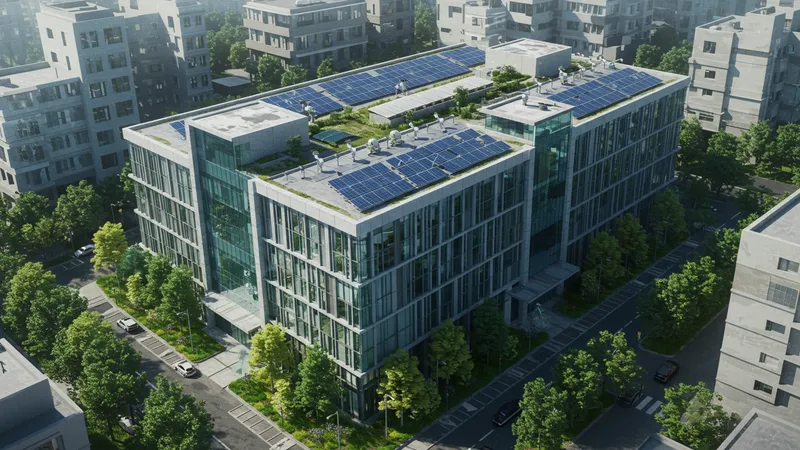
Green initiatives are not merely preserving the planet. They’ve become a competitive differentiation factor in the office space market. Energy-efficient buildings significantly cut costs over time. But the deeper impact is worth considering…
Solar roofs and rainwater harvesting systems are starting to appear, proving profitable in cities with high utility expenses. But how far can these initiatives take us? Toward what sort of transformative vision?
Yet even material choices—reclaimed woods, recycled metals—are illustrating a commitment to sustainability. They not only fulfill ethical obligations but add character to spaces, blending tradition with innovation. But the big question remains…
Most captivating is how these efforts resonate with employees. Companies turning eco-friendly often witness elevated employee well-being and productivity, a testament to holistic office transformation. Green isn't just an investment—it's becoming essential.
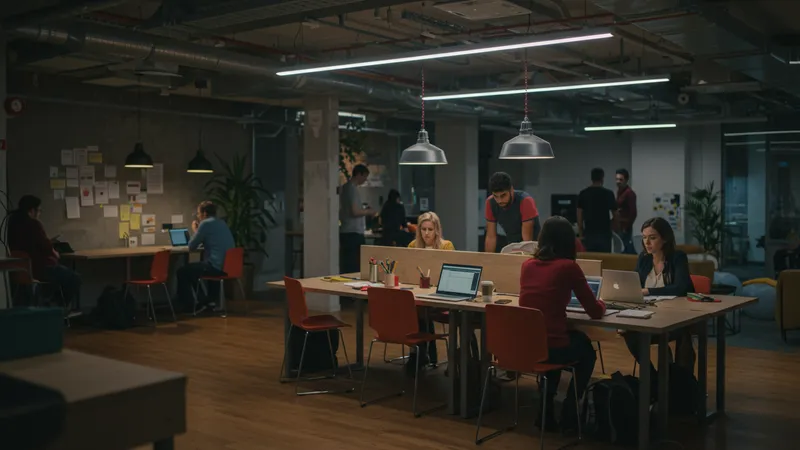
Co-working spaces are breaking traditional molds by offering communities as well as utilities. These spaces are fostering ecosystems rather than simply serving as workspace providers. However, this transformation goes beyond expectations…
The infusion of community spirit enriches company culture: spirited collaborations, cross-pollination of ideas, and personal growth are everyday occurrences. But is everyone ready for this cultural shift?
More than just desks, these spaces offer enrichment programs, enhancing professional skills and interpersonal networks. The result? Relationship building in ways conventional settings could never achieve beforehand. Yet, surprises still linger ahead of us…
Economically, co-working communities can offer cost savings through shared services and group interactions. Yet, driving sustained engagement within these settings is both an opportunity and a quandary for businesses. Are there larger societal impacts unfolding?
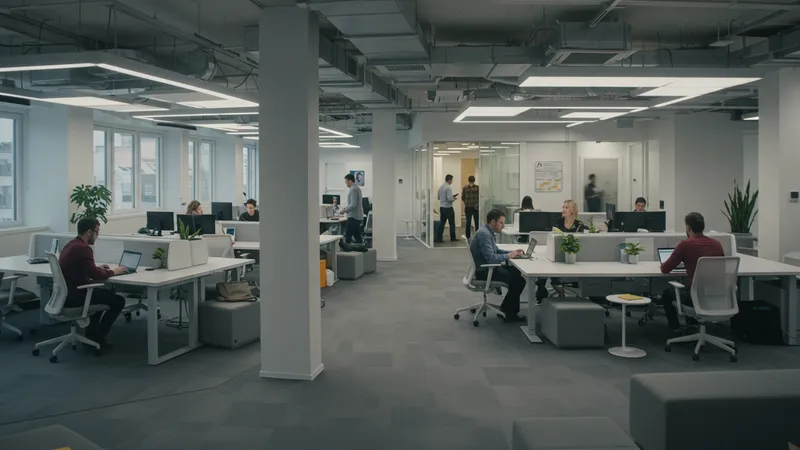
As office dynamics continue to progress, design and culture are inextricably linked to future success. Offices are now great personnel retention tools, reimagined to suit emerging workforce preferences. But is there a larger trend at play?
Sleeker designs, open architecture, and innovation zones are rapidly becoming norms rather than luxuries. In creating inspiration-rich environments, businesses can rap into intangible advantages. But challenges reside within these vistas…
As office boundaries blur, culture assumes new meanings—connectivity fosters adaptability, and varied working rhythms interlace to counter typical monotonous routines. This leads to diversity, inclusivity, and broader essential growth.
But more than just aesthetic renovations, there’s a fundamental shift. Office design is acting as a catalyst for sociocultural change, ushering in fresh prospects and altering traditional hierarchies. This dynamic evolution stretches beyond immediate visions.
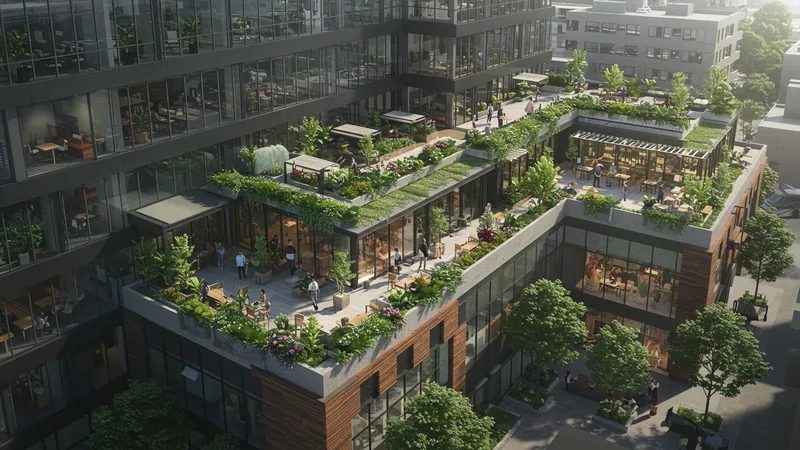
Commercial real estate is no longer just a fiscal investment. It’s about maximization of all associated values—productivity, culture, and growth. Yet there’s innovation lurking beneath the surface…
While location remains a priority, the true value unfolds in adaptive reuse. Think retail mixed with office lofts or green rooftops pairing cafes. Such harmony offers unmatched delight to modern tenants.
Moreover, technology is marrying seamlessly with office designs to produce tailor-made experience layers unseen before. But there’s more than harmonization; it’s a new era of unprecedented synergy.
And with increased urbanization, real estate strategies must adapt, maneuver, and sometimes even predict rather than react to shifts. In anticipating these trends, businesses position themselves at the forefront of commercial evolution.
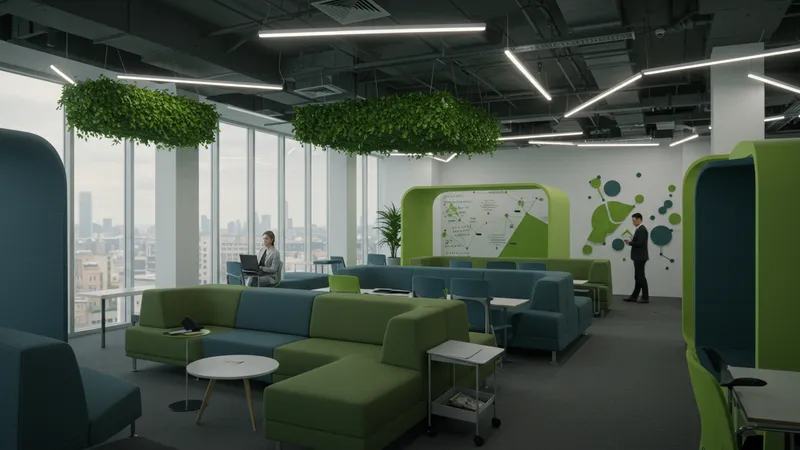
As the dust settles over ingenious trends, one thing endures: the drive for continual evolution. The future belongs to those who embrace adaptation as the norm—from startups to conglomerates. Revolutionize, but cost-effectively...
This doesn’t mean illusionary changes but longevity-driven optimizations—from creative design to strategic location choices marrying solid anticipation strategies. Time waits for none, including businesses.
It matters not just where you are but how you adapt to ever-changing landscapes. Your office isn’t merely walls and floors—it’s an ever-story, sculpted and lived each day.
Now, having unveiled the intricacies of office spaces, how do you proceed? Share your insights, bookmark newfound knowledge, or seize an opportunity that’s right for us all.